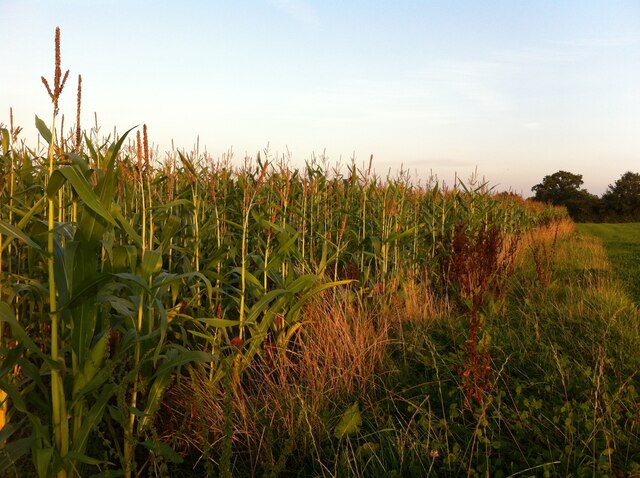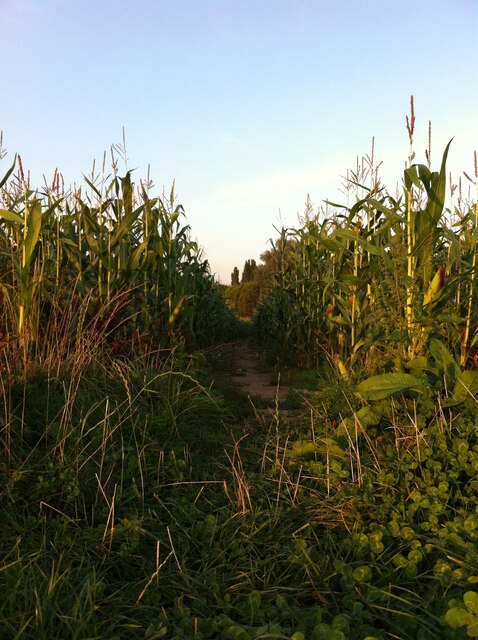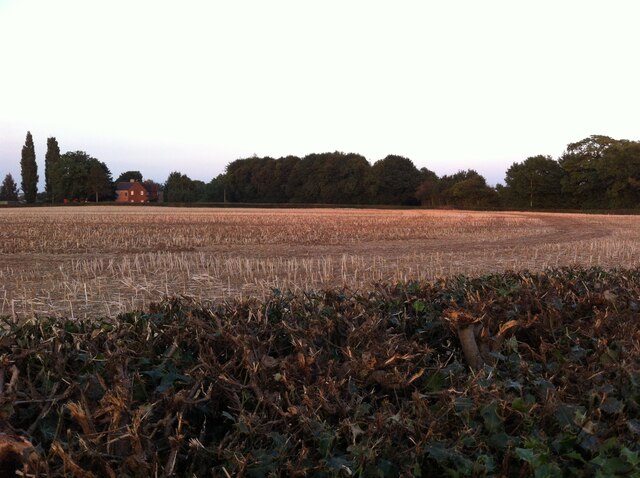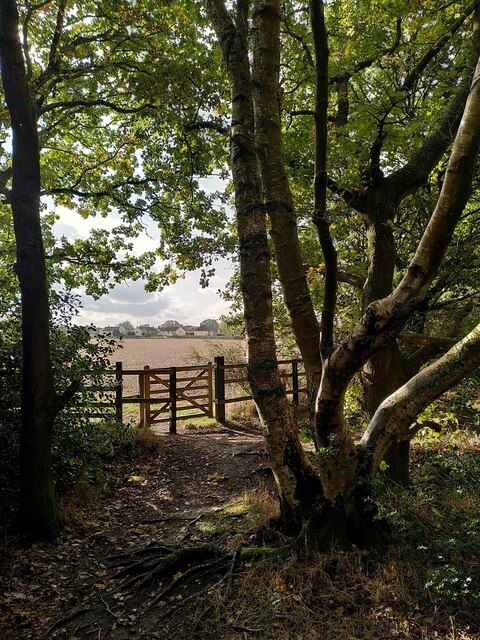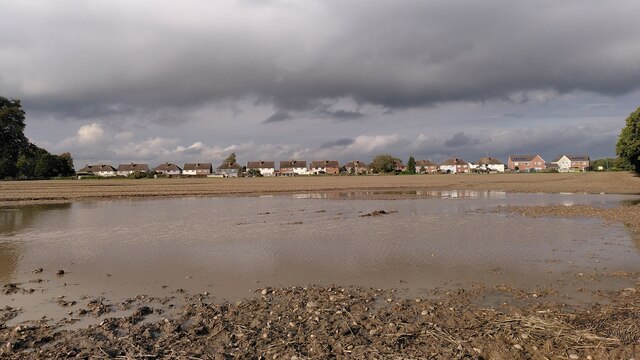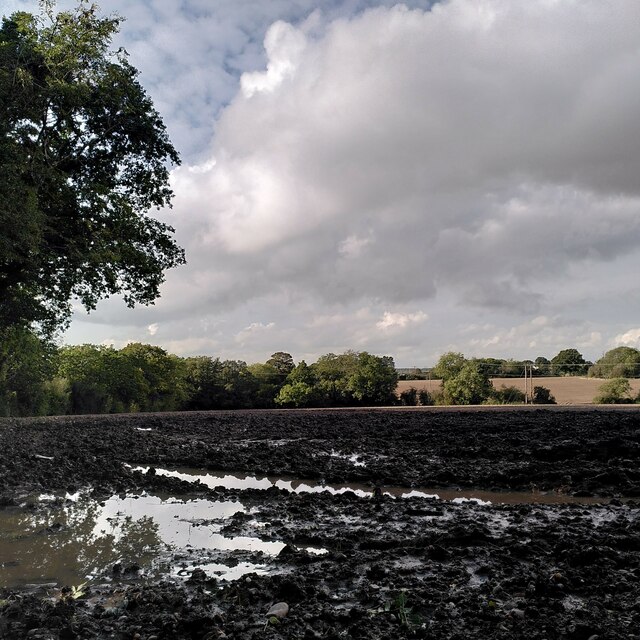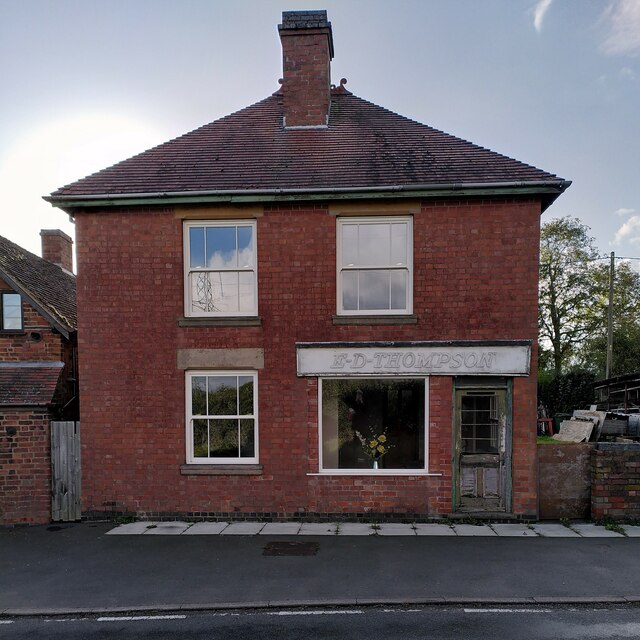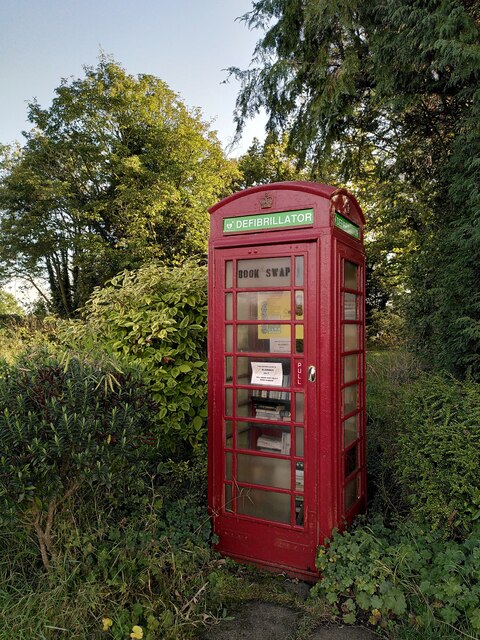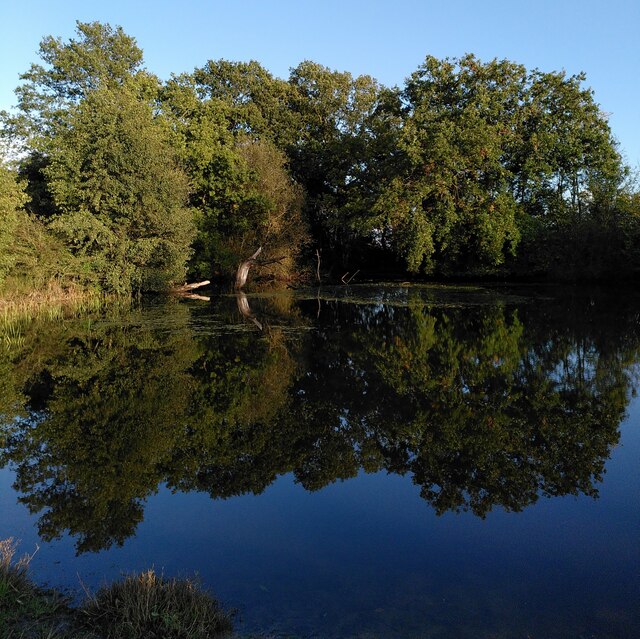Wood End
Settlement in Warwickshire North Warwickshire
England
Wood End

Wood End is a small village located in the county of Warwickshire, England. Situated approximately 6 miles southwest of the town of Atherstone, it is surrounded by picturesque countryside and boasts a tranquil and rural atmosphere. The village is part of the larger civil parish of Baddesley Ensor, and its name derives from the dense woodland that once covered the area.
Wood End is home to a close-knit community of around 800 residents, who benefit from the village's peaceful surroundings and friendly atmosphere. The village offers a range of amenities, including a primary school, a village hall, and a local pub. Additionally, there are several small businesses and farms that contribute to the local economy.
The village is well-connected by road, with the A5 and M42 motorway providing easy access to nearby towns and cities. It is also a popular destination for outdoor enthusiasts, thanks to its proximity to the extensive woodlands and nature reserves of Warwickshire. The surrounding countryside offers opportunities for walking, cycling, and exploring the natural beauty of the area.
Wood End is also known for its rich history, with evidence of human settlement dating back to the Bronze Age. The village has several historical buildings, including St. Peter's Church, which dates back to the 12th century and showcases beautiful architecture.
Overall, Wood End is a charming and idyllic village that offers a peaceful and close-knit community, stunning natural surroundings, and a rich historical heritage.
If you have any feedback on the listing, please let us know in the comments section below.
Wood End Images
Images are sourced within 2km of 52.490053/-1.5705763 or Grid Reference SP2988. Thanks to Geograph Open Source API. All images are credited.

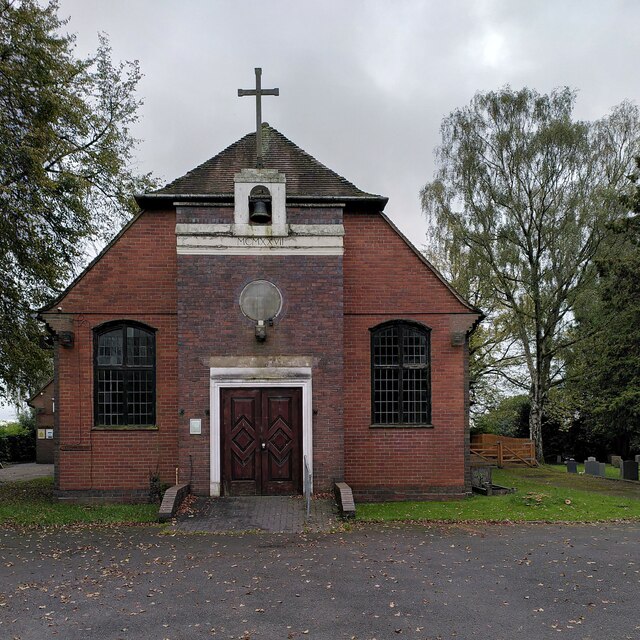
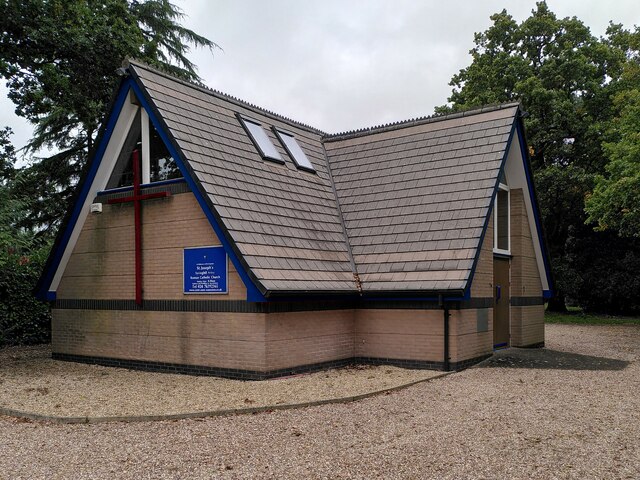
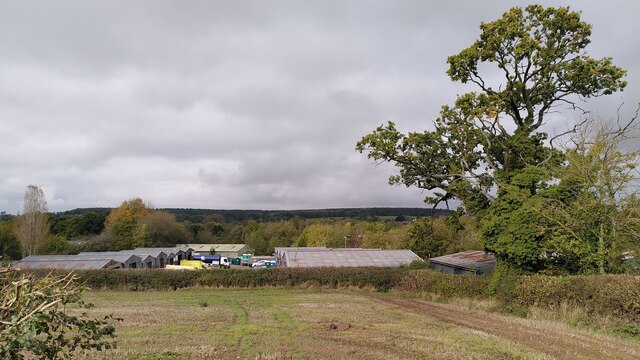
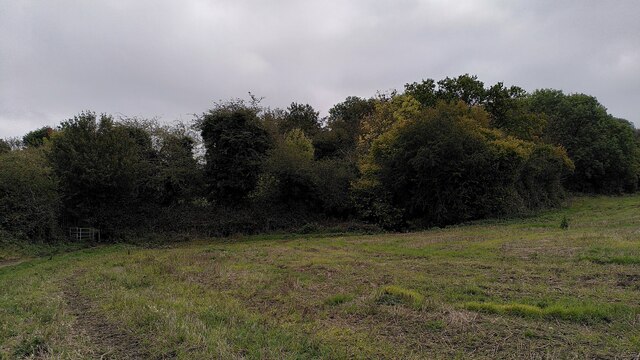
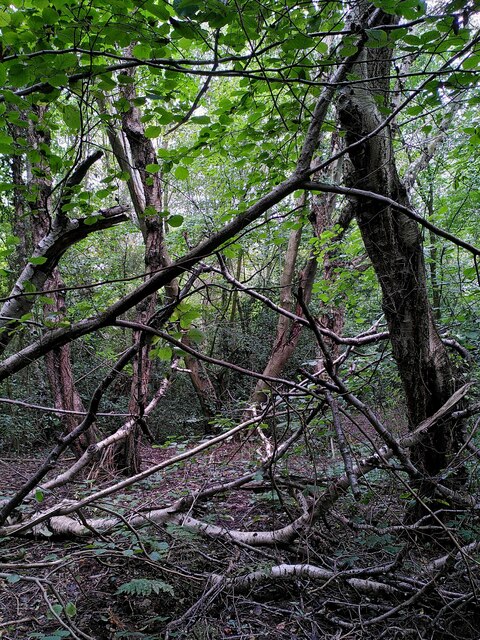
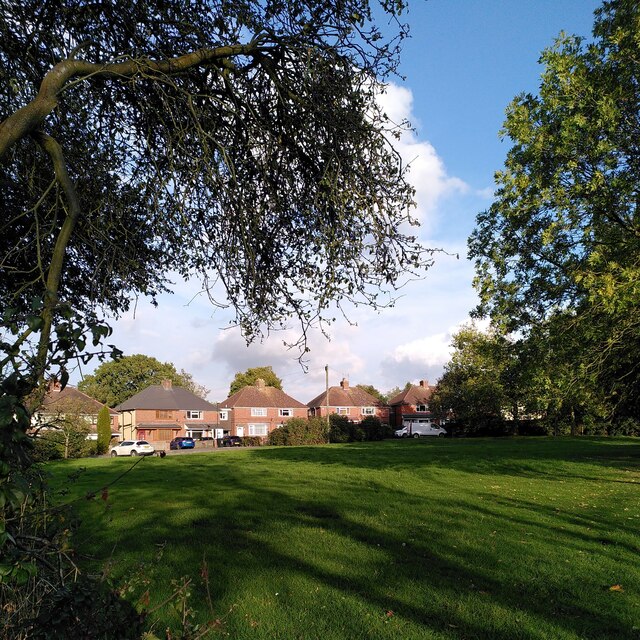
Wood End is located at Grid Ref: SP2988 (Lat: 52.490053, Lng: -1.5705763)
Administrative County: Warwickshire
District: North Warwickshire
Police Authority: Warwickshire
What 3 Words
///spray.weep.shine. Near Keresley, West Midlands
Nearby Locations
Related Wikis
Wood End, Fillongley
Wood End, is a small village in Warwickshire, England. It is situated north of Coventry. The village is part of the civil parish of Fillongley. There is...
Fillongley
Fillongley, listed as Fillungeleye in 1135, is a village and civil parish in the North Warwickshire district of Warwickshire in England. The village is...
Fillongley Castle
Fillongley Castle was a motte and bailey castle and later a fortified manor house in Fillongley in Warwickshire, England. Today, only earthworks and partial...
Arley and Fillongley railway station
Arley and Fillongley railway station was a station on the Midland Railway, which operated in the Midland county of Warwickshire, in England. == History... ==
Nearby Amenities
Located within 500m of 52.490053,-1.5705763Have you been to Wood End?
Leave your review of Wood End below (or comments, questions and feedback).
